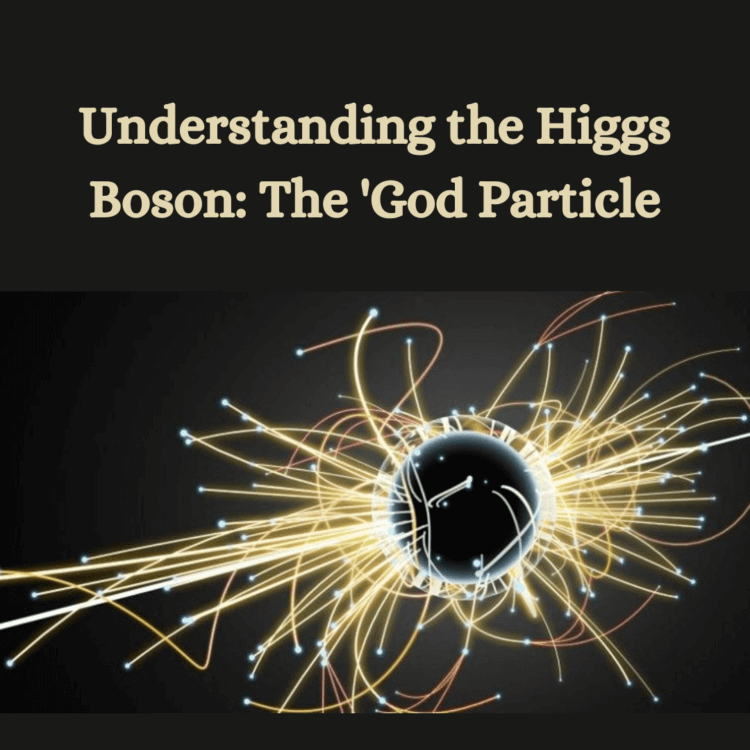1. What is the Higgs Boson?
2. The Higgs Field and the Higgs Mechanism:
3. Mass and the Higgs Field:
4. Electroweak Symmetry Breaking:
5. Discovery of the Higgs Boson:
Scientists at CERN’s Large Hadron Collider (LHC) conducted experiments to detect the Higgs boson by colliding protons at extremely high energies. The debris from these collisions was carefully analyzed to look for telltale signs of Higgs boson decays.
In July 2012, CERN announced the discovery of a new particle consistent with the Higgs boson. Further experiments and data analysis confirmed its properties.
6. The "God Particle" Nickname:
7. Significance and Implications:
The discovery of the Higgs boson confirmed the existence of the Higgs field and the Higgs mechanism, which are essential components of the Standard Model of particle physics.
Understanding the Higgs field and how particles acquire mass helps explain the structure of matter and the fundamental forces that govern the universe.
The Higgs boson discovery was a major scientific achievement, but it also raises new questions about physics beyond the Standard Model, such as the nature of dark matter and the unification of fundamental forces.
In summary, the Higgs boson, often referred to as the “God particle,” is a fundamental particle associated with the Higgs field and the Higgs mechanism, which explain how particles acquire mass. Its discovery confirmed a crucial aspect of the Standard Model of particle physics and advanced our understanding of the fundamental forces and particles in the universe.










No Comments
Leave Comment